Balloons Through the Ages: A Historical Journey from Science to Supermarkets
You need party supplies, but do you know how balloons became so popular? They weren't always about fun and games.
Balloons started as science tools and changed over time. Key inventions made them easier to make. Now, they are a global party item found everywhere.
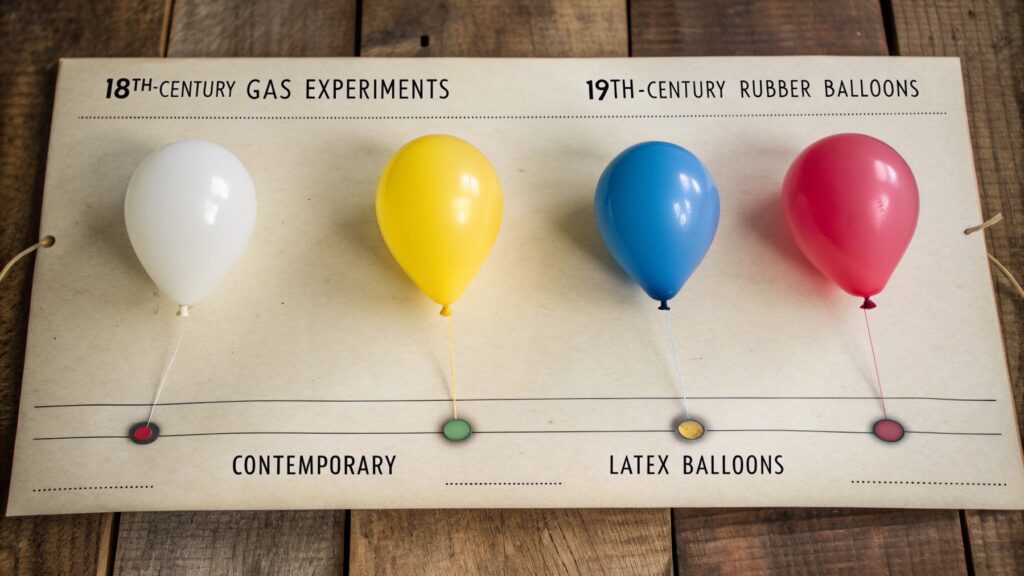
Let's look at how balloons went from the lab to your local store. It's a fascinating story of invention and fun.
How Did Balloons Evolve From Scientific Experiments to Party Favors?
Do you wonder how balloons changed from lab tools to party items? It's quite a leap.
Balloons started with scientists in the 18th and 19th centuries1. They used them for gas experiments2. Later, people found they could be fun and decorative3.
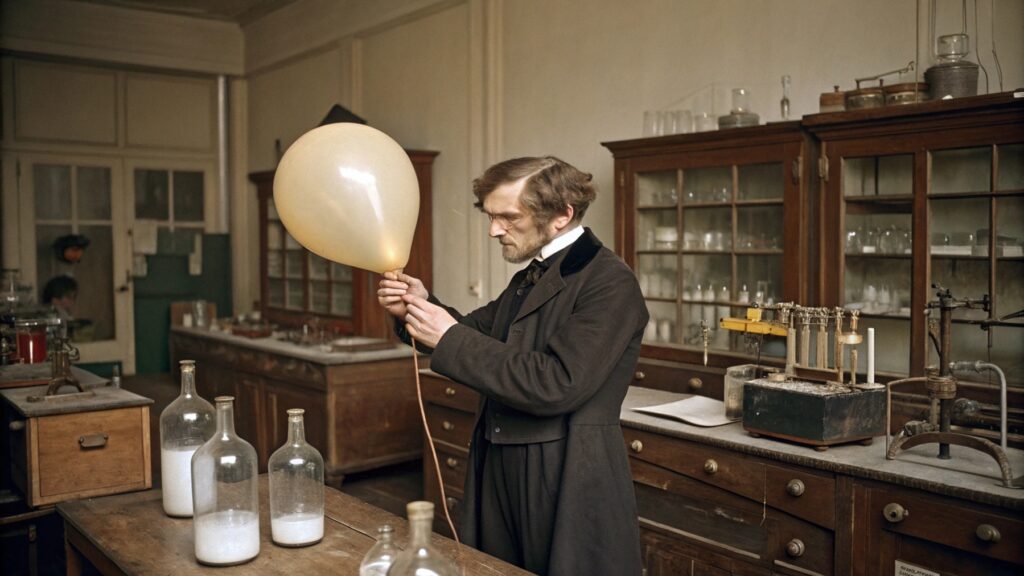
Scientists like Joseph Black first experimented with hydrogen in animal bladders in 1766. This was one of the earliest forms of a balloon. Later, Michael Faraday made rubber balloons in 1824 for his gas experiments. He cut two rubber sheets and pressed their edges together. This made a bag that could hold gas. These weren't like the balloons we know today. They were mainly for serious scientific study.
The idea of using balloons for fun came later. Thomas Hancock, a rubber inventor, got a patent for rubber sheets in 1825. He sold do-it-yourself balloon kits4. These kits had a bottle of rubber solution and a syringe. People could make their own rubber bags. J.G. Ingram of London started making toy balloons in 1847. He used vulcanized rubber5. This process made the rubber stronger and more flexible. It helped balloons become more popular as toys. So, balloons moved from scientific labs to people's homes for entertainment. The simple rubber bag became a source of joy.
How did early scientists use balloons?
Early scientists used balloons to hold gases. They studied the properties of different gases. For example, Joseph Black put hydrogen in animal bladders. He learned about the weight and behavior of hydrogen. Michael Faraday used rubber balloons6 for his gas experiments. He wanted to see how gases behaved in a flexible container.
What material was used for early balloons?
Early balloons used different materials. Scientists first used animal bladders. These were available and could hold gas. Later, rubber became the main material. Thomas Hancock and Michael Faraday used rubber sheets. Vulcanized rubber improved the strength of balloons. This made them better for toys and other uses.
When did balloons become toys?
Balloons started becoming toys in the mid-19th century. J.G. Ingram made vulcanized rubber toy balloons in 1847. These were stronger than earlier versions. People could play with them without them breaking easily. This helped balloons become popular for fun.
What Key Innovations Shaped the History of Balloon Production?
What made balloons easier to mass produce? Key changes in how they were made really helped.
New materials and manufacturing methods changed balloon making. Vulcanized rubber and dipped molding were big steps. They made balloons durable and cheaper to produce.
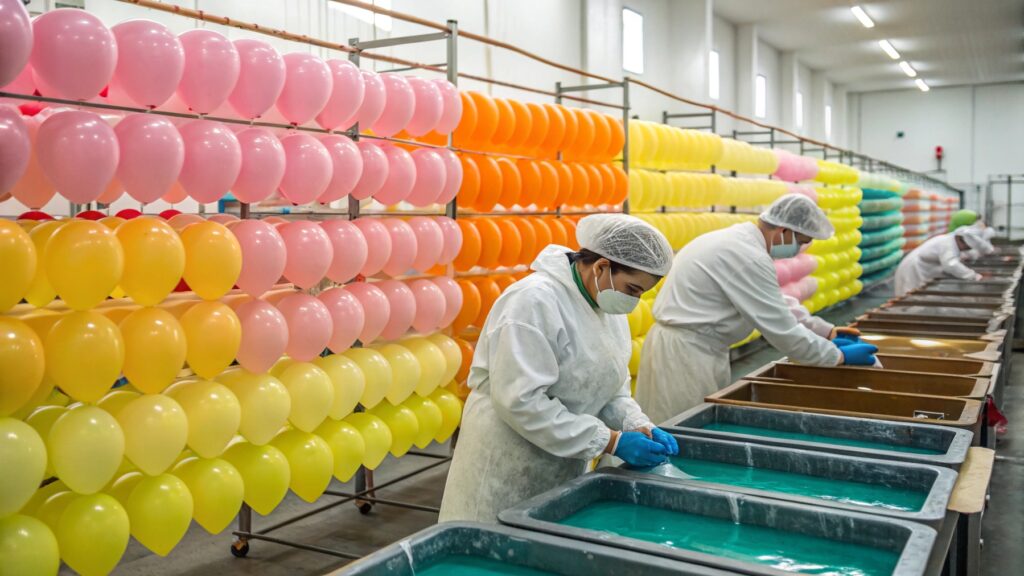
The invention of vulcanized rubber was a major change. Charles Goodyear discovered this process in 1839. It makes rubber more durable and stable. Before vulcanization, rubber was sticky in heat and brittle in cold. Vulcanized rubber could handle different temperatures better. This was very important for balloons. J.G. Ingram used vulcanized rubber to make toy balloons in 1847. These balloons were much better than the older ones. They could stretch more without breaking. This made them more fun to play with.
Another important invention was the process of dipped molding7. In this method, balloon-shaped forms are dipped into liquid latex8. The latex dries and forms the balloon. This process is very efficient. It allows for making many balloons quickly and cheaply. This helped balloons become widely available. Before this, making balloons was more manual. Dipped molding automated the process. It made mass production possible. The discovery of liquid latex as a material also helped. Latex is a natural rubber that is easy to work with in liquid form. Using latex and dipped molding together really boosted balloon production. This is how balloons became common items.
How did vulcanization change balloon making?
Vulcanization made rubber stronger. It made balloons less sensitive to temperature. This meant they wouldn't get sticky or brittle easily. Stronger rubber meant balloons lasted longer. They could be played with more without breaking. This made them much more appealing as toys.
What is dipped molding?
Dipped molding is a way to make rubber products. A mold is dipped into liquid latex. The latex coats the mold. Then, the latex dries and hardens. The rubber product is then removed from the mold. For balloons, balloon-shaped forms are dipped into latex. This creates the balloon shape.
Why was dipped molding important for balloons?
Dipped molding made it possible to make many balloons fast. It's a very efficient method. This lowered the cost of making balloons. Cheaper production meant balloons could be sold for less. This made them affordable for more people. It helped balloons become a common item for parties and fun.
Where Can You Find Information on the Different Types of Balloons Made Throughout History?
Want to learn about all the different balloons from the past? There are places you can look.
You can find information in museums, historical texts, and online archives. Books on rubber history and toy history are good sources.
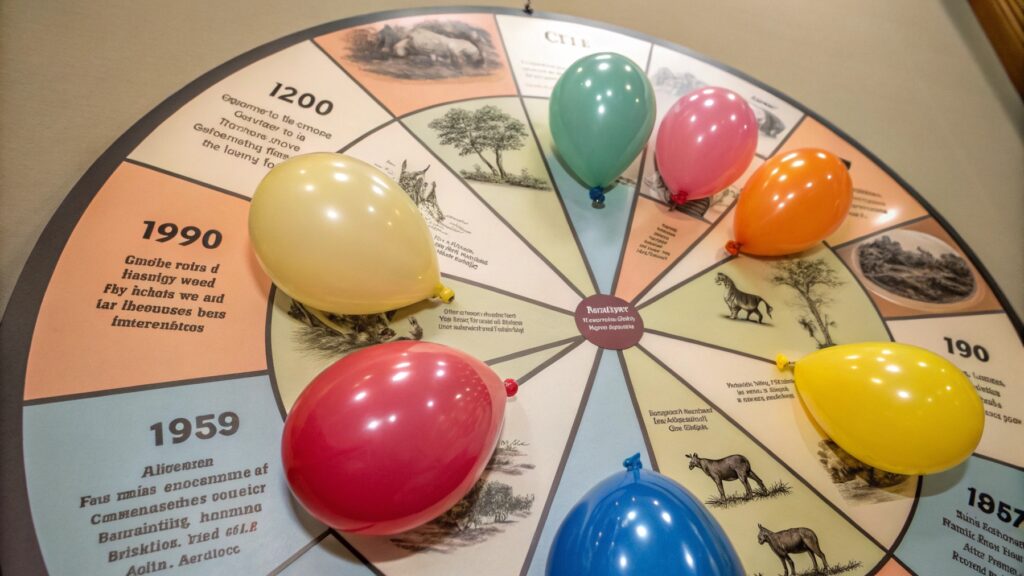
Historical records in museums are a great place to start. Many science museums have exhibits on early scientific tools. You might see examples of early gas bags or rubber experiments. Toy museums often show how toys changed over time. They might have examples of early rubber balloons or information about their production. These places show the actual items used in the past. This gives a real sense of what early balloons were like.
Books about the history of rubber are also helpful. They describe how rubber was discovered and used. They often mention early rubber products, including balloons. Books on the history of toys can also provide details. They talk about when balloons became popular as toys. Online archives and historical societies might have records too. These could include old patents or company documents. They show how balloon making developed over time. Looking at these sources helps you understand the full story of balloons. You can see how they changed from simple bags to the many types we have today.
What kind of museums have information on balloons?
Science museums and toy museums9 are good places. Science museums show how balloons were used in experiments. Toy museums show how balloons became popular as toys. They might have examples of old balloons or related tools.
What types of books are good sources?
Books about the history of rubber10 are useful. They cover the invention of rubber and its uses. Books on the history of toys also help. They explain when and how balloons became popular toys.
Are there online resources for balloon history?
Yes, online archives11 and historical societies can have information. They might have old documents, patents, or pictures related to balloon making. Searching for "history of rubber balloons" or "history of toy balloons" online can find resources.
Why Are Balloons a Popular Item for Wholesale and Import Buyers Today?
Why do people who buy in bulk love balloons? They are a top choice for wholesale and import.
Balloons are popular because they are affordable, light to ship, and bring joy. They are great for parties and events.
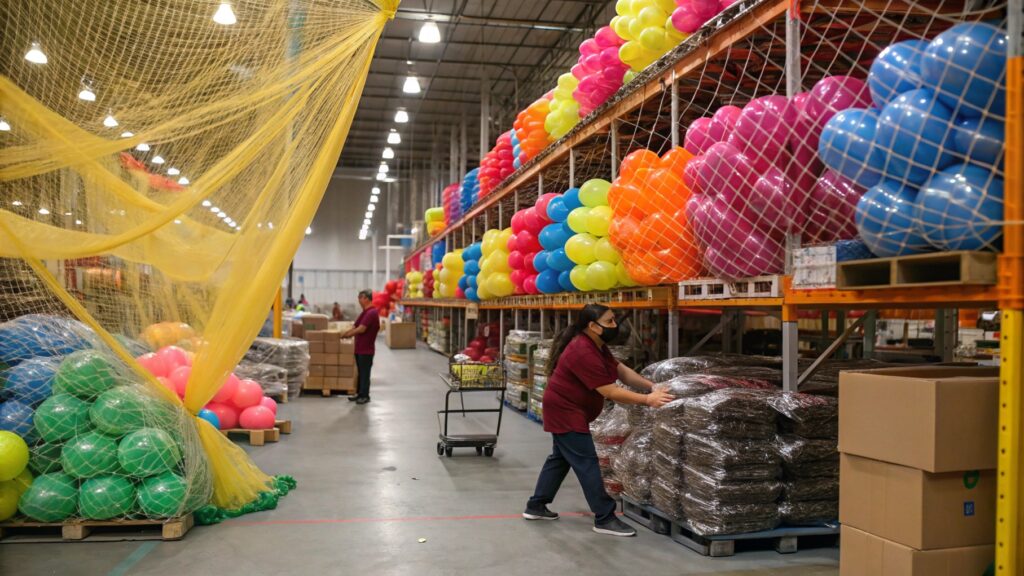
As someone who works with balloons every day, I see why they are so popular for wholesale. Balloons bring happiness. They are a simple way to make any event feel special. Whether it's a birthday, wedding, or store opening, balloons add color and fun. People see balloons and feel happy. This makes them a high-demand product. Buyers know that balloons will sell well because people always need them for celebrations. They are a classic party item that never goes out of style.
From a business view, balloons are great because they are light. This makes shipping cheaper. When you import many items, shipping costs12 can be high. Balloons don't weigh much. This means you can ship a large number of balloons for a lower cost compared to heavier items. Also, they are relatively inexpensive to make, especially with modern production methods. This means buyers can get them at a low price wholesale and sell them at a good price retail. They offer a good profit margin13. Plus, there are many types and colors of balloons available. This lets buyers offer a wide selection to their customers. All these reasons make balloons a top choice for wholesale and import.
Why are balloons good for parties?
Balloons add color and excitement. They create a festive mood. They are easy to use for decorations. People of all ages like balloons. They make events feel more special and fun.
How does weight affect importing balloons?
Balloons are very light. Shipping costs often depend on weight. Since balloons are light, shipping many of them costs less than shipping heavier goods. This makes importing balloons more cost-effective for businesses.
What makes balloons profitable for buyers?
Balloons are inexpensive to buy wholesale. They are popular, so they sell well. The low cost of goods and high demand lead to good profit margins for retailers. There is also a wide variety of balloons, which helps attract customers.
Conclusion
Balloons changed from science tools to fun party items. Key inventions made them easy to make. Now, they are a popular, profitable item for buyers everywhere.
-
Understanding the contributions of these scientists will enrich your knowledge of balloon history and innovation. ↩
-
Exploring this link will provide insights into the scientific origins of balloons and their evolution over time. ↩
-
This resource will reveal the transformation of balloons into popular party items, highlighting their cultural significance. ↩
-
Learning about Thomas Hancock's balloon kits showcases early DIY culture and innovation in balloon making, highlighting a fascinating aspect of history. ↩
-
Understanding vulcanized rubber's role in balloon production reveals how it enhanced durability and affordability, transforming the industry. ↩
-
Exploring the evolution of rubber balloons provides insight into their transition from scientific tools to popular toys, enriching our knowledge of their history. ↩
-
This resource will explain the dipped molding process and its impact on the efficiency and affordability of balloon manufacturing. ↩
-
Learning about liquid latex will reveal its role in modern balloon production and its advantages over traditional materials. ↩
-
Visiting toy museums can provide a unique perspective on how balloons evolved as toys, showcasing historical examples and their significance. ↩
-
Exploring books on the history of rubber will deepen your understanding of its discovery and evolution, especially in balloon making. ↩
-
Online archives are treasure troves of historical documents and patents that reveal the fascinating development of balloon making over time. ↩
-
Understanding shipping costs is crucial for balloon businesses; this link will clarify how to manage and reduce these expenses effectively. ↩
-
This resource will explain how profit margins are calculated in the balloon industry, essential for maximizing your business's profitability. ↩
